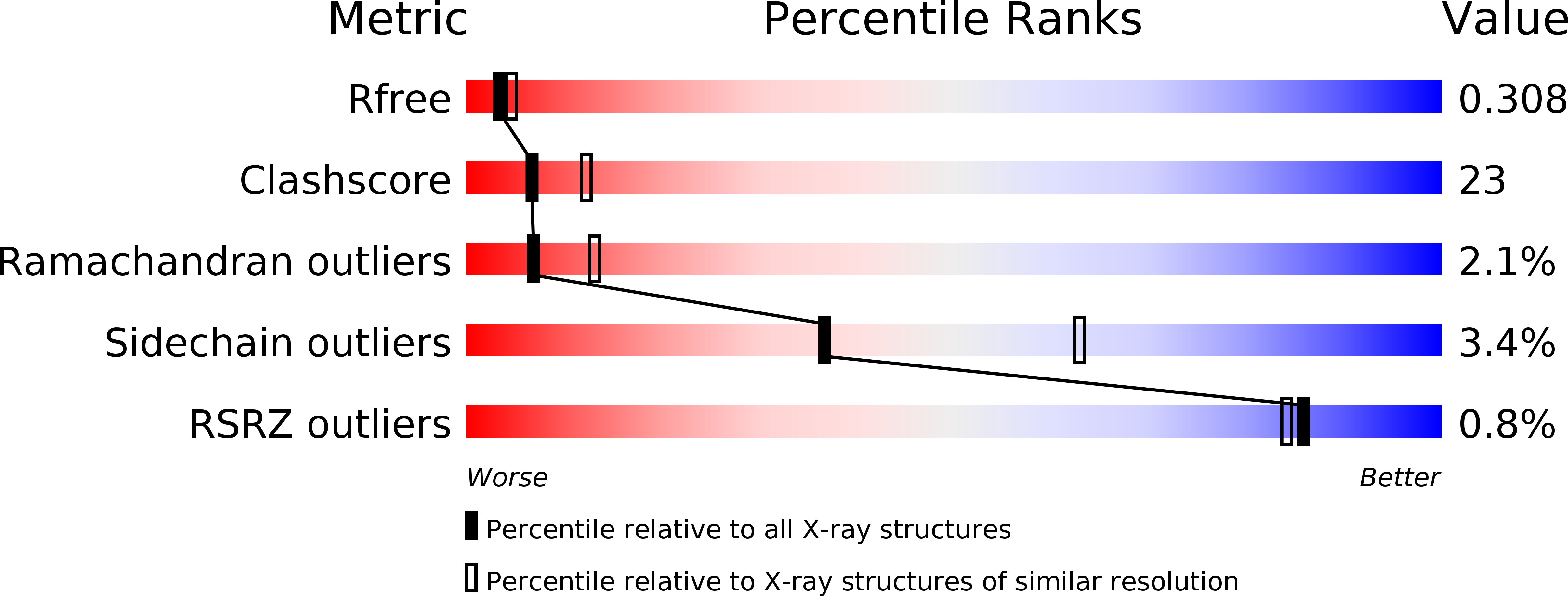
Deposition Date
2002-09-09
Release Date
2003-03-18
Last Version Date
2024-11-13
Entry Detail
PDB ID:
1MOE
Keywords:
Title:
The three-dimensional structure of an engineered scFv T84.66 dimer or diabody in VL to VH linkage.
Biological Source:
Source Organism:
Mus musculus (Taxon ID: 10090)
Host Organism:
Method Details:
Experimental Method:
Resolution:
2.60 Å
R-Value Free:
0.3
R-Value Work:
0.21
R-Value Observed:
0.24
Space Group:
P 41 21 2


